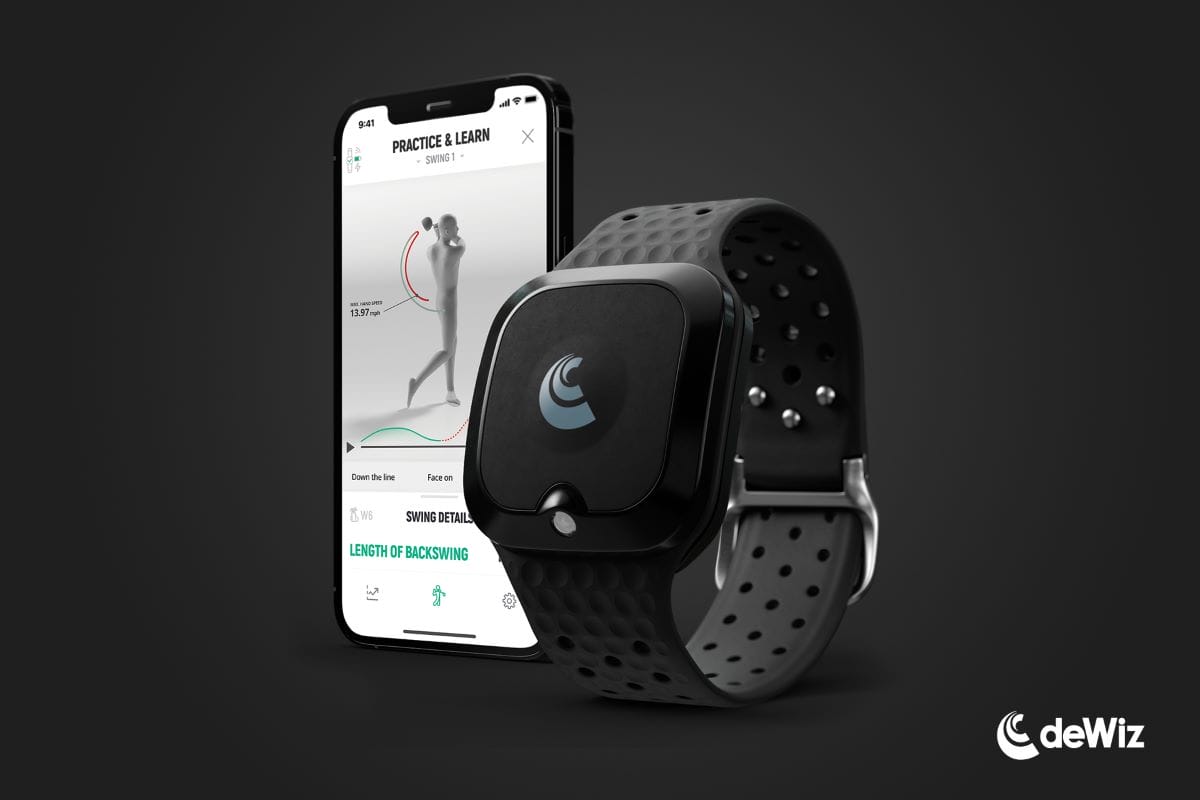For over 60-years, I tried almost everything I could think of or read about in books and magazines, like this one, to become a better golfer. I’m unlikely to improve now but I’m still as interested in game-improvement as I ever was. It’s one of the greatest fascinations of a game for life.
Sixty years ago, formal coaching was based on personal experiences, trial and error, hunches, and hit or miss assumptions. Properly-conducted, scientifically proven, theories on the golf swing were almost non-existent.
The change of emphasis to science over informed guesswork began in 1968, when Alastair Cochran and John Stobbs published a revolutionary study of the golf swing on behalf of the R&A-funded Golf Society of Great Britain, which they called: The Search for the Perfect Swing. Computers, as large as king-sized wardrobes, were involved.
When today’s golfing elites practice, they have an expensive Trackman machine beside them to help them make on-the-spot adjustments by checking outcomes with measured data. Not only is the science of golf far better understood and advanced today, the electronic devices used to gather the relevant information can even be worn on one’s wrist.
My deWiz wristwatch gives me even more valuable information and statistical analysis than a Flightscope or Trackman while costing thousands of €’s less. Developed by Swedish Golf professional Markus Westerberg and one of his regular pupils, Christian Bergh, an entrepreneur who, not only saw the benefits in his own golf game, but also an investment opportunity that is currently lighting up the US Golf Aids Market.
If one wants to take advantage of Space Age technology, one must embrace numbers. As Maths and Physics were never my forte, I have avoided becoming too dependent on technology that requires numerical analysis – until now.
I have found it possible, when playing a practice round, to wear a deWiz on my wrist that sends a report of every shot I play to my phone for deep analysis later. The quality of information and graphs are so good that they are immediately understandable by a maths dunce like myself. Instead of depending on observing ball flight and ‘feels’ to identify my swing errors, my deWiz lets me know by how far, or close, to the ideal my dynamic positions are.
The scientific data available today has moved coaching golf from hunches to proof; from speculation and conjecture to facts; from random guesswork to cast-iron certainty. Golfers would not have reached the extraordinary standards on show today without being able to gather data that is measured, analysed mathematically, and illustrated in simple, clear graphics at the touch of a button.
When, I was a scratch golfer way back in the 1960s, I asked one of Ireland’s greatest-ever golfers, what I needed to do to improve my game and become a better golfer? He wasn’t in any way helpful: “Go figure it out for yourself, sonny,” he said dismissively. I have never forgiven him.
If only I had my deWiz back then, I would never have had to ask the question.























Leave a comment